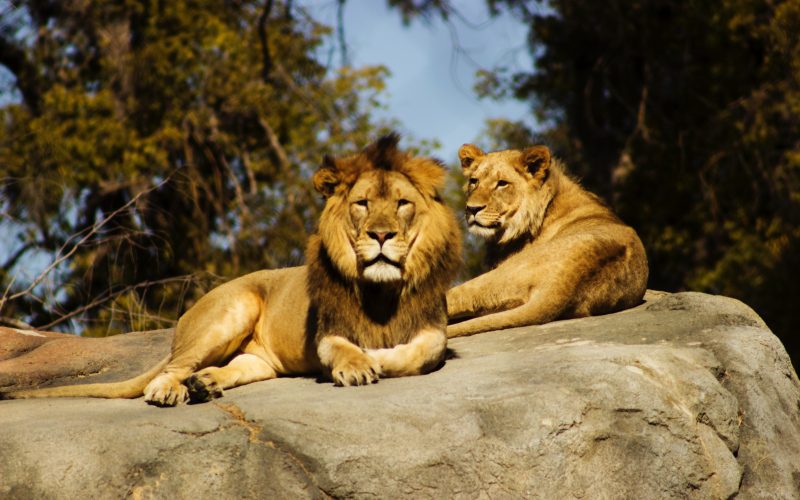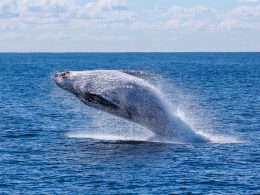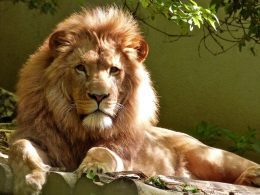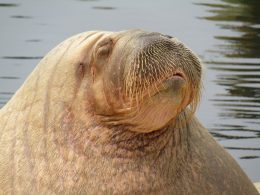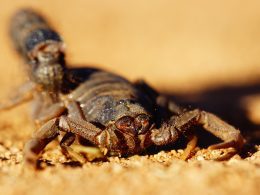Cats are one of the most beloved animal species on the planet. They come in different shapes, sizes, and temperaments. From the common house cat to the majestic lion, they are all part of the same family, scientifically known as Felidae. In this article, we will take a closer look at the family tree of cats and trace the evolutionary roots of the lion.
The Felidae family includes more than 40 species of cats. They are classified into two subfamilies, the Pantherinae and Felinae. The Pantherinae subfamily includes big cats such as lions, tigers, jaguars, and leopards, while the Felinae subfamily includes smaller cats like domestic cats, ocelots, and lynxes.
The ancestors of the Felidae family evolved about 25 million years ago. These small, carnivorous mammals were called Miacids and roamed the ancient forests of Eurasia. Over time, they evolved into various forms, including the Sabre-Toothed Cat, which was one of the most fearsome predators of the ice age.
The modern-day lion is believed to have evolved from the Panthera leo fossilis, which lived about 700,000 years ago. The lion, along with the tiger, jaguar, leopard, and snow leopard, belong to the Panthera genus, which is characterized by the ability to roar. This distinguishes them from the other big cats, which cannot roar, such as the cheetah and cougar.
The lion is known for its majestic appearance, social behavior, and powerful roar. Lions live in prides, which are family units that consist of several females, their cubs, and one or more males. The lionesses are the primary hunters and work together to take down prey such as zebras, wildebeests, and gazelles. The males defend the territory and the pride against other males.
Lions are also an important cultural symbol in many societies. They are often depicted in art, literature, and religion. For example, in ancient Egyptian mythology, the lion was associated with the sun and was depicted as a protector of the pharaohs. In modern times, the lion has become a symbol of bravery, strength, and royalty.
In conclusion, the family tree of cats is a fascinating subject that reveals the evolutionary origins of the lion and other feline species. From the small Miacids of ancient times to the powerful lion of today, cats have evolved into one of the most successful and diverse groups of animals on Earth. The lion, in particular, stands out for its unique social behavior, cultural significance, and impressive physical characteristics. As we continue to study and appreciate these amazing creatures, we can gain a deeper understanding of the complex and interconnected web of life that we are all a part of.






